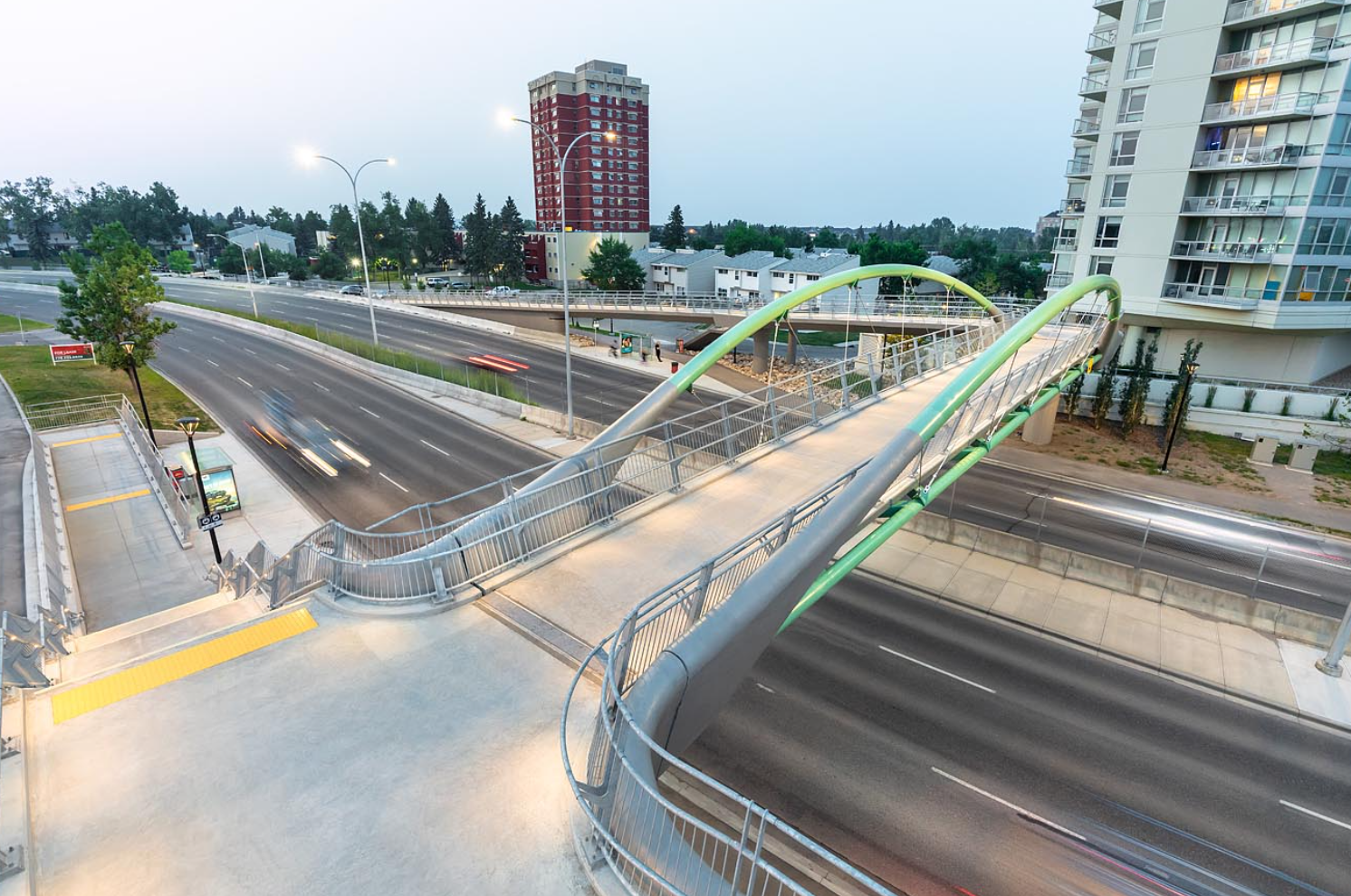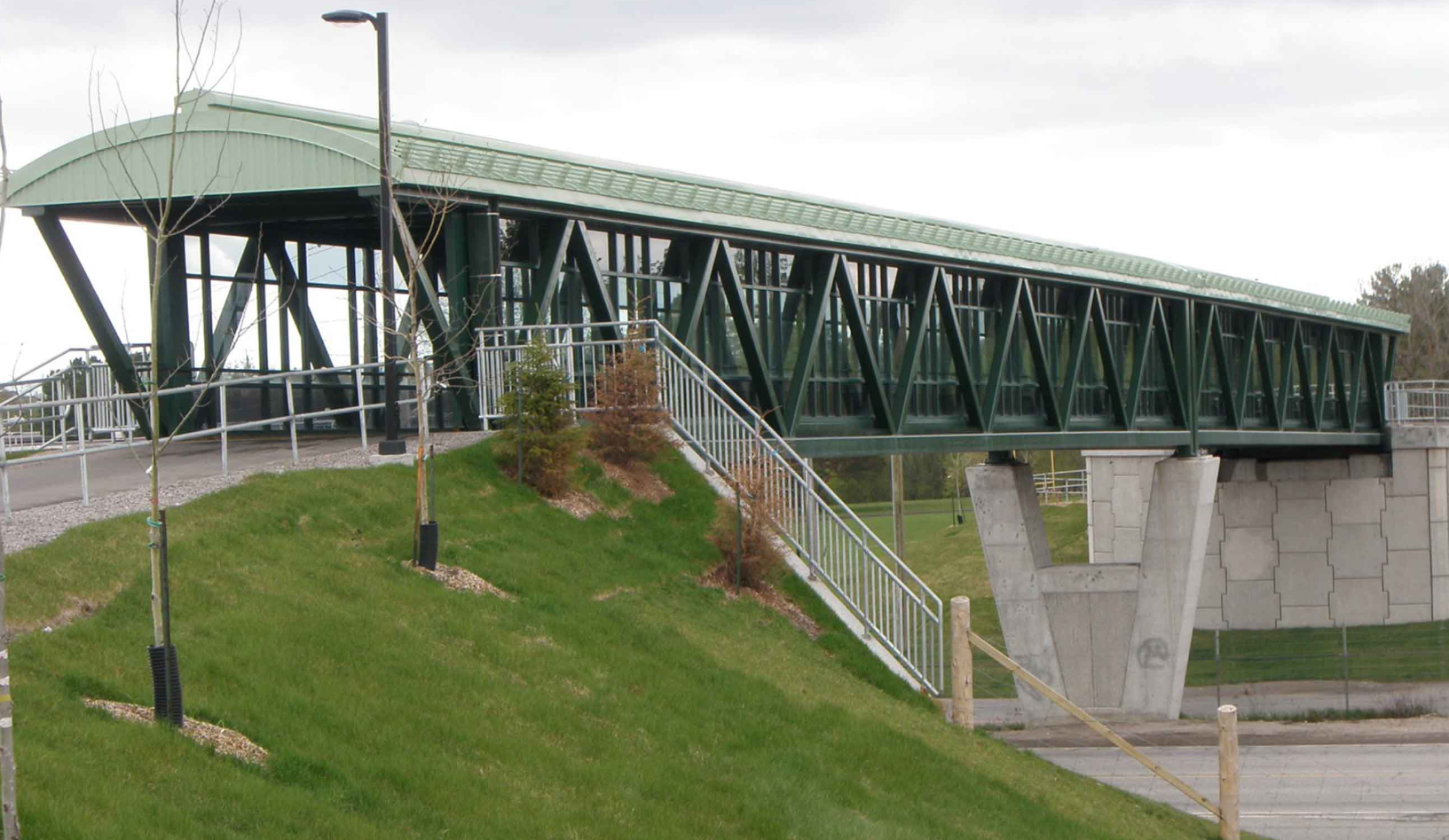Steel bridge structures have been an important part of transportation infrastructure for centuries, providing safe and efficient passage over rivers, valleys, and other obstacles. As technology and engineering practices continue to evolve, innovative methods of constructing steel bridge structures have emerged, providing new opportunities for increased efficiency, sustainability and cost-effectiveness.
One of the most important advances in the construction of steel bridge structures is the use of advanced materials and manufacturing techniques. Traditional steel bridges often require extensive on-site welding and assembly, resulting in longer construction times and increased labor costs. However, with the advent of high-strength steel alloys and prefabricated components, engineers can now design and build bridges with greater precision and speed. Prefabricated steel elements can be fabricated off-site and then transported to the construction site for rapid assembly, reducing overall construction time and minimizing disruption to the surrounding environment.
In addition to advanced materials, innovative construction methods such as modular construction and 3D printing are revolutionizing the way steel bridge structures are built. Modular construction involves the assembly of standardized, pre-designed modules that can be easily interconnected to form a complete bridge structure. This approach not only speeds up the build process but also allows for greater flexibility in design and customization. Likewise, 3D printing technology has the potential to transform the manufacturing of steel bridge components, enabling the creation of complex custom elements with minimal material waste.
Additionally, the integration of digital design tools and building information modeling (BIM) software enables engineers to optimize the structural performance of the steel bridge structure. By simulating various design scenarios and analyzing how steel components behave under different loading conditions, engineers can improve their designs to maximize efficiency and durability. This data-driven approach not only improves the safety and reliability of steel bridges, but also promotes the use of sustainable design practices, such as minimizing material use and optimizing structural performance.
Another innovative approach to building steel bridge structures involves the use of advanced construction techniques such as incremental launching and cable-stayed construction. Incremental launching involves the gradual construction and launching of bridge sections from one abutment to the next, minimizing the need for temporary supports and reducing construction time. Likewise, cable-stayed structures utilize a network of cables to support the bridge deck, allowing for longer spans and more efficient use of steel.
In summary, the development of innovative methods of constructing steel bridge structures has significantly changed the way these basic infrastructure elements are designed and constructed. By leveraging advanced materials, digital design tools and cutting-edge construction techniques, engineers can now build steel bridges that are not only more efficient and cost-effective, but also more sustainable and resilient. As the demand for modern transport infrastructure continues to grow, the continued development of steel bridge construction methods will play a vital role in shaping the future of bridge engineering and ensuring the continued safety and functionality of transport networks.
Post time: Apr-19-2024





